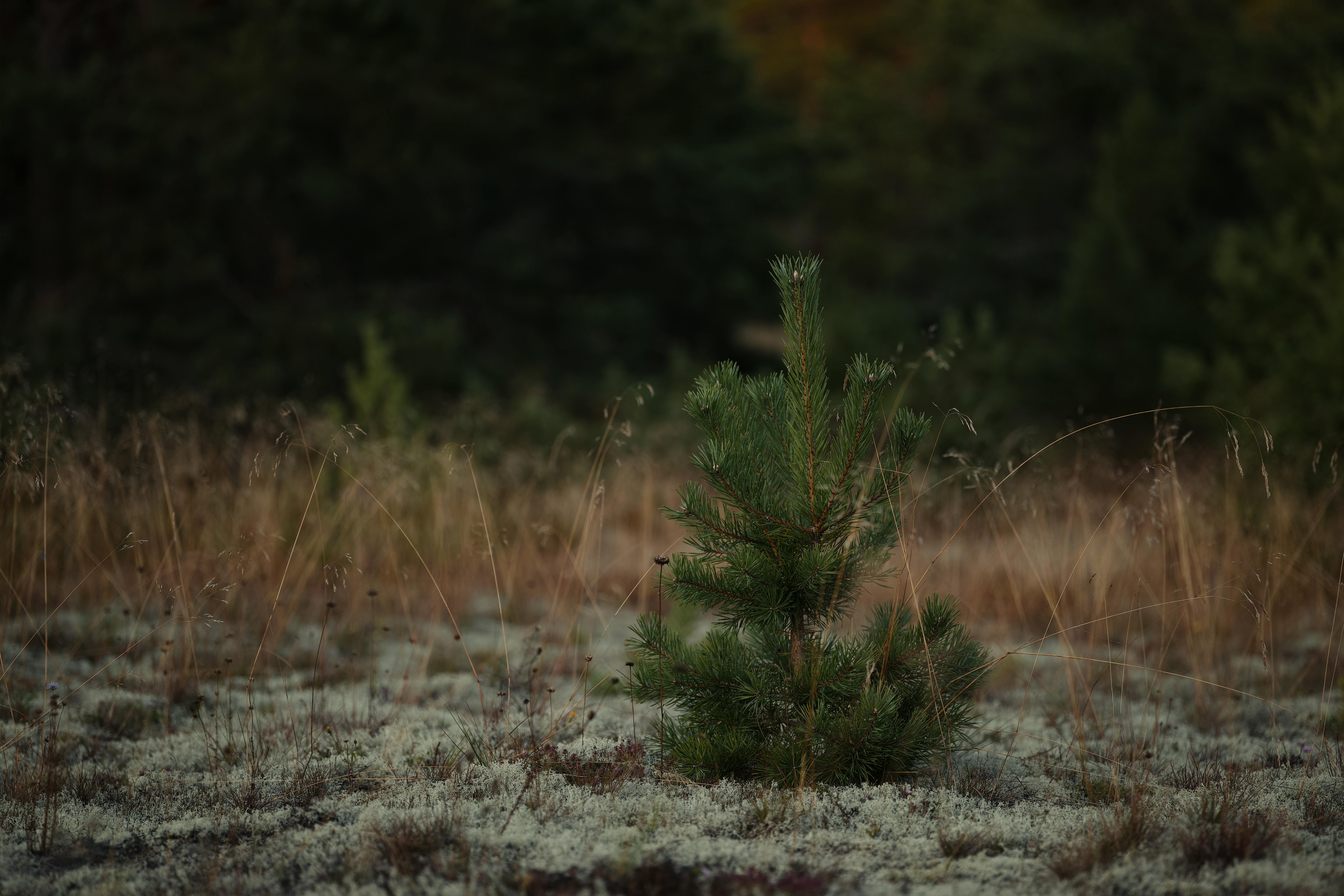Intro Paragraph
Planting a tree seems simple enough, right? Dig a hole, drop it in, cover with soil—done. But here’s the thing: planting it wrong can lead to long-term stress or even death for the tree.
Here’s a step-by-step guide to planting your tree the right way, based on research-backed advice from the Colorado Master Gardener Program.
Step 1: Find the Right Planting Depth
Make sure the top of the root ball sits slightly above ground level—about 1 inch for small trees, and 2 inches for larger ones. This prevents water from pooling at the base and avoids trunk-girdling roots.
Tip: Use a screwdriver or skewer to gently probe the root ball and find the top structural roots—they should be 1–3 inches below the surface.
Step 2: Dig a Saucer-Shaped Hole
Skip the deep, narrow hole. Instead, dig a wide, shallow bowl—three times the width of the root ball, but just a little shallower than its height. This helps roots grow outward and reduces transplant stress.
Step 3: Position the Tree
Before you remove any wrappings or containers:
- Set the tree in the hole.
- Make sure it’s vertically straight.
- If there's a “crook” in the trunk just above the graft (called a dogleg), turn it to face north to prevent sun damage.
Step 4: Remove Wrappings the Smart Way
- For container-grown trees, shave off 1–1.5 inches of the outer root ball to reduce circling roots.
- For B&B (balled and burlapped) trees, remove all fabric, twine, wire, and baskets from the top 12 inches or upper 2/3 of the root ball after setting it in the hole.
Important: Never leave burlap or wire baskets in place—they can girdle roots or wick away moisture.
Step 5: Backfill Without Compaction
Return the soil to the hole without packing it too tightly. Let water settle it naturally when you irrigate. Avoid fine pulverized soil—it reduces oxygen levels and damages root development.
Step 6: Stake Only If Necessary
In most cases, staking isn't required unless you’re in a windy location or high-traffic area. If you do stake, do it before watering to avoid compacting wet soil.
Step 7: Water Deeply
Water thoroughly to settle the soil around the roots and eliminate air pockets. This is critical for early root establishment.
Step 8: Final Grading
After watering, the soil may settle. Add or adjust soil around the planting area as needed to return it to the proper grade.
Step 9: Mulch Wisely
Apply 3–4 inches of mulch around the planting area, but keep it away from the trunk. Mulch should cover the backfill area and extend out, but never pile it up like a “mulch volcano.”
Summary: Healthy Start = Strong Future
A tree planted correctly is more likely to thrive and less likely to suffer from long-term stress or disease. By following these steps, you're giving your tree the best possible start.
Got questions? Drop by the nursery or check out our planting supplies to make your next tree project a success!
Stay Updated with Our Newsletter or
Follow Us
Join our newsletter to receive the latest updates on promotions, new arrivals, and expert seasonal landscaping tips. Don’t miss out on the chance to enhance your gardening experience!
Follow Us On FacebookFollow Us On Instagram
